| Your browser is not supported. | ||
|
Please browse our site using any of the following options:
| ||
Fishing Glossary of Commonly Used Terms
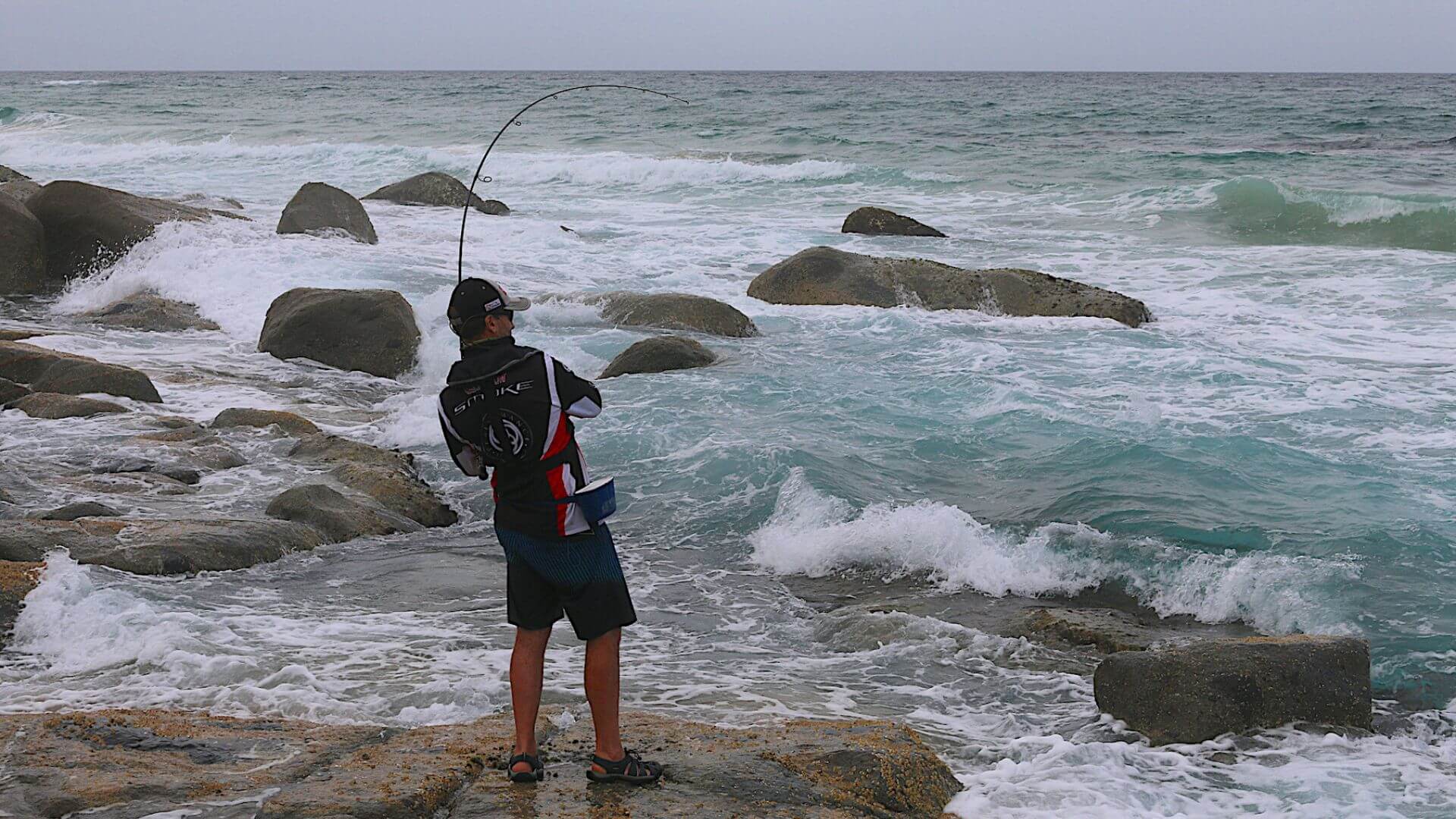
Fishing is this country's most popular pastime with more than one in four Australian's wetting a line every year. With our population increasing and many Aussie's looking for a cheap, rewarding, and accessible pastime in the great outdoors, many are turning to fishing. It can be a daunting task for those just starting their fishing journey. With this in mind, below is a set of basic fishing terms to provide those out there with some simple, yet essential definitions and descriptions of entry level fishing vernacular.
Rod
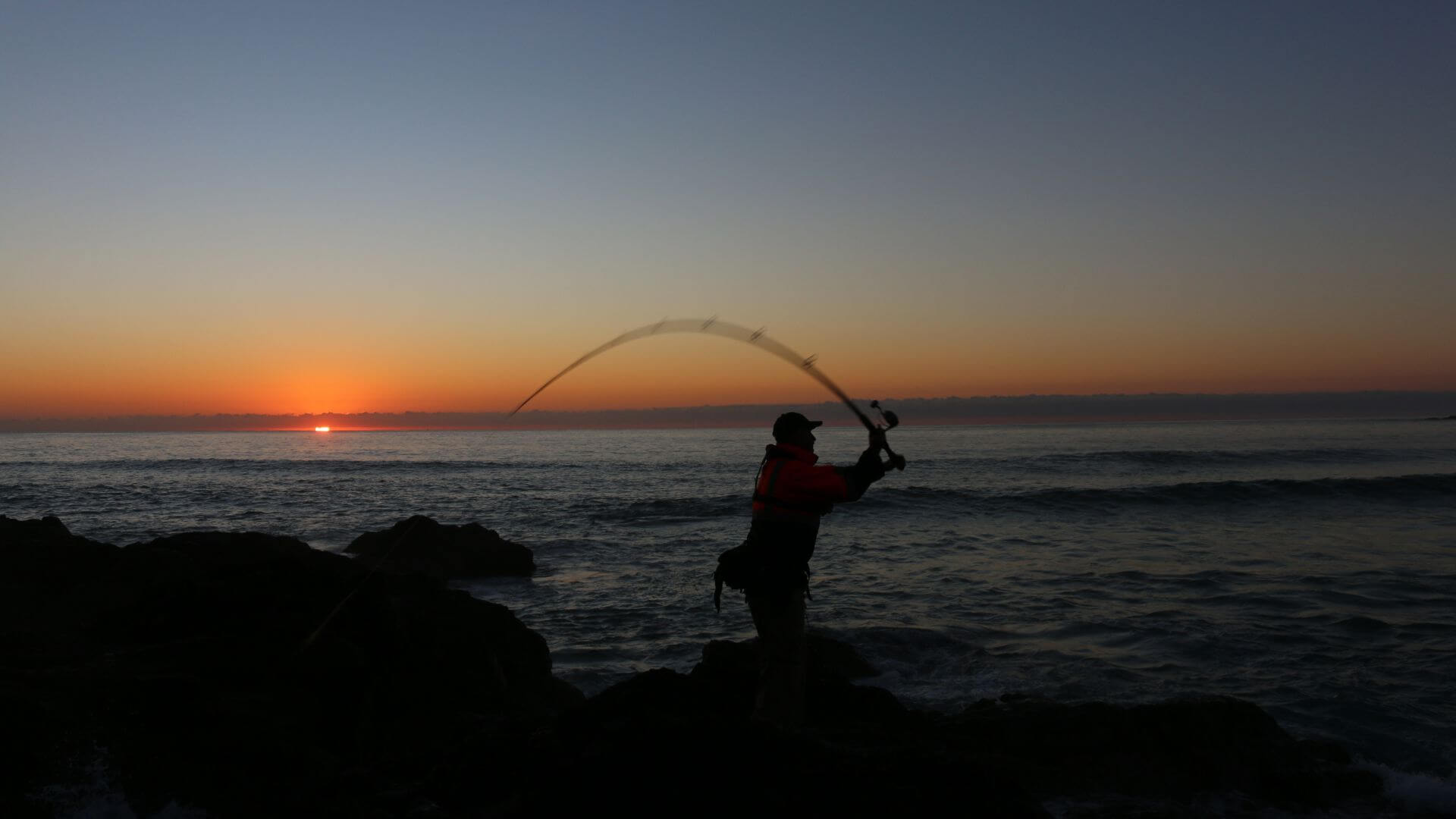
A fishing rod is a long, slender, tapered device with line attached via circular guides. The guides are attached to the main body of the rod, called a "rod blank", where the line is inserted through the guides. Rods are flexible and have a natural curve and bend when pressure is applied by a fish on the end of the line. By applying pressure through the rod an angler can bring a fish in to their position to land it. Almost all fishing rods today are made out of fibreglass, graphite, or a composite design, which combines both fibreglass and graphite. Rods are available in multitude of designs with some rods specifically designed for a particular type of fishing. The best example of this is a beach rod, which is often long and quite strong to allow long casts required when fishing off the beach. There are almost many "general-purpose" rods which can be used for a wide variety of fishing styles, species, and techniques.
Reel
A fishing reel is a device used to hold, gather, and store fishing line. Reels are attached to a fishing rod via a special mount known as a "reel seat". Line is gathered, wound, or collected onto a reel by hand cracking a specially designed, ergonomic handle. The line is wound onto the spool of the reel where they have been cleverly designed to ensure the line lays evenly, neatly, and is consistently distributed onto the spool. This is crucial to allow for easy, fluent casting, reduce tangles, and to avoid damaging the main line.
Sinker
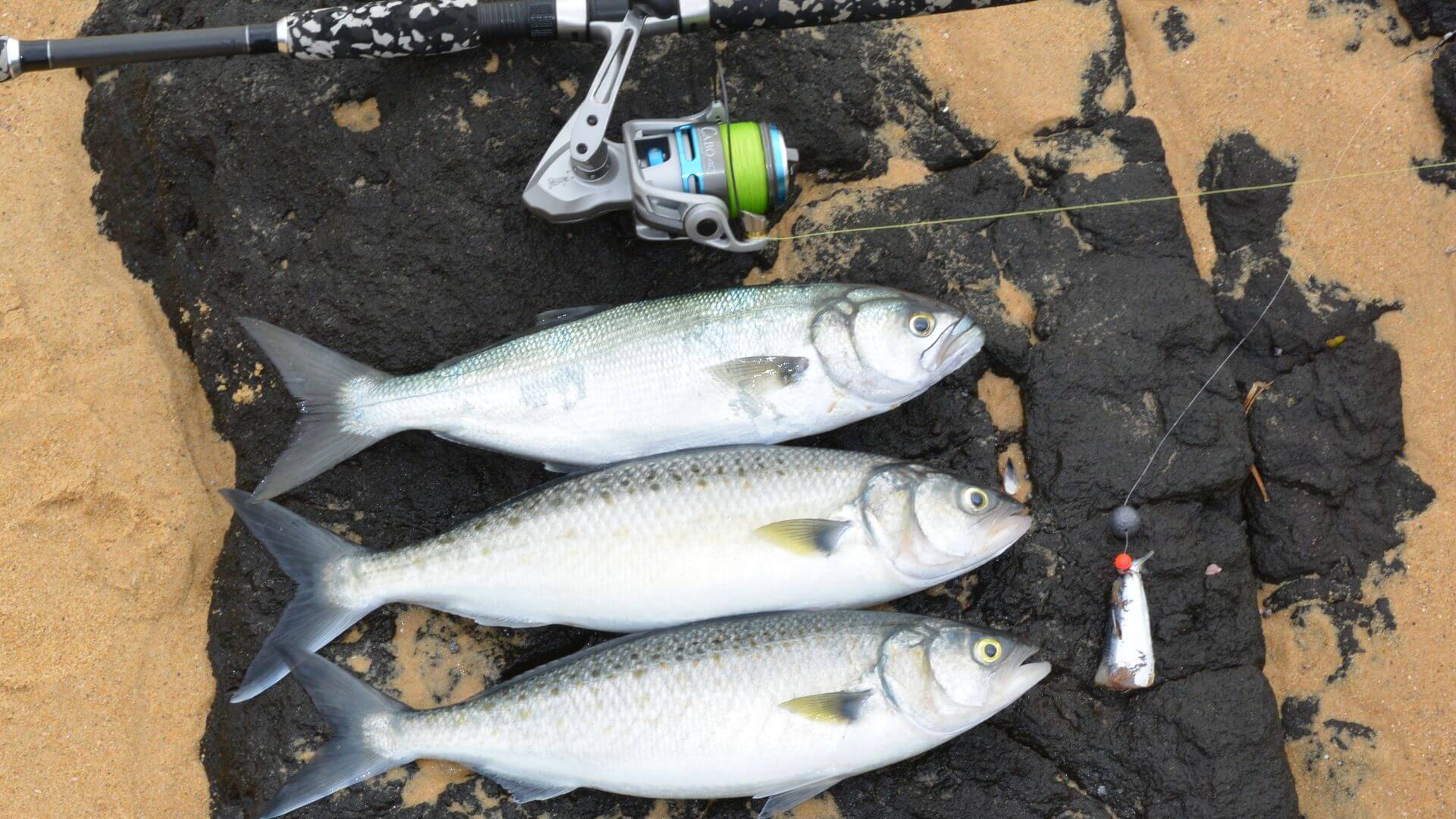
A sinker is a fishing specific weight which is generally made out of lead and attached to the angler's line. Sinkers have a twofold purpose. 1. To assist the angler to cast their line out. The additional weight will facilitate a long cast ensuring the angler can get their bait out to where the fish are swimming. 2. A sinker will also help hold the bait to the bottom. This is often crucial to catching fish when there is a strong current or tidal movement in the water. Sinkers are available in all shapes and sizes with the most common being a ball, bean, star, and barrel sinker. They are commonly made with a hole through the middle and are attached to the line by threading the line through the hole. Star sinkers normally have an attachment point such as a wire loop where the line can be tied directly onto the sinker.
Swivel
A swivel is a device consisting of two small metal circles at each end which are joined by a rotating barrel or cylinder in the centre. Line is attached directly to each end of the swivel. The purpose of a swivel is to rotate and spin in the water which in turn reduces the line twisting. Excessive line twist can create a weakness in the line, hinder an angler's ability to cast their line out, and can lead to the line breaking when under load or pressure.
Hook
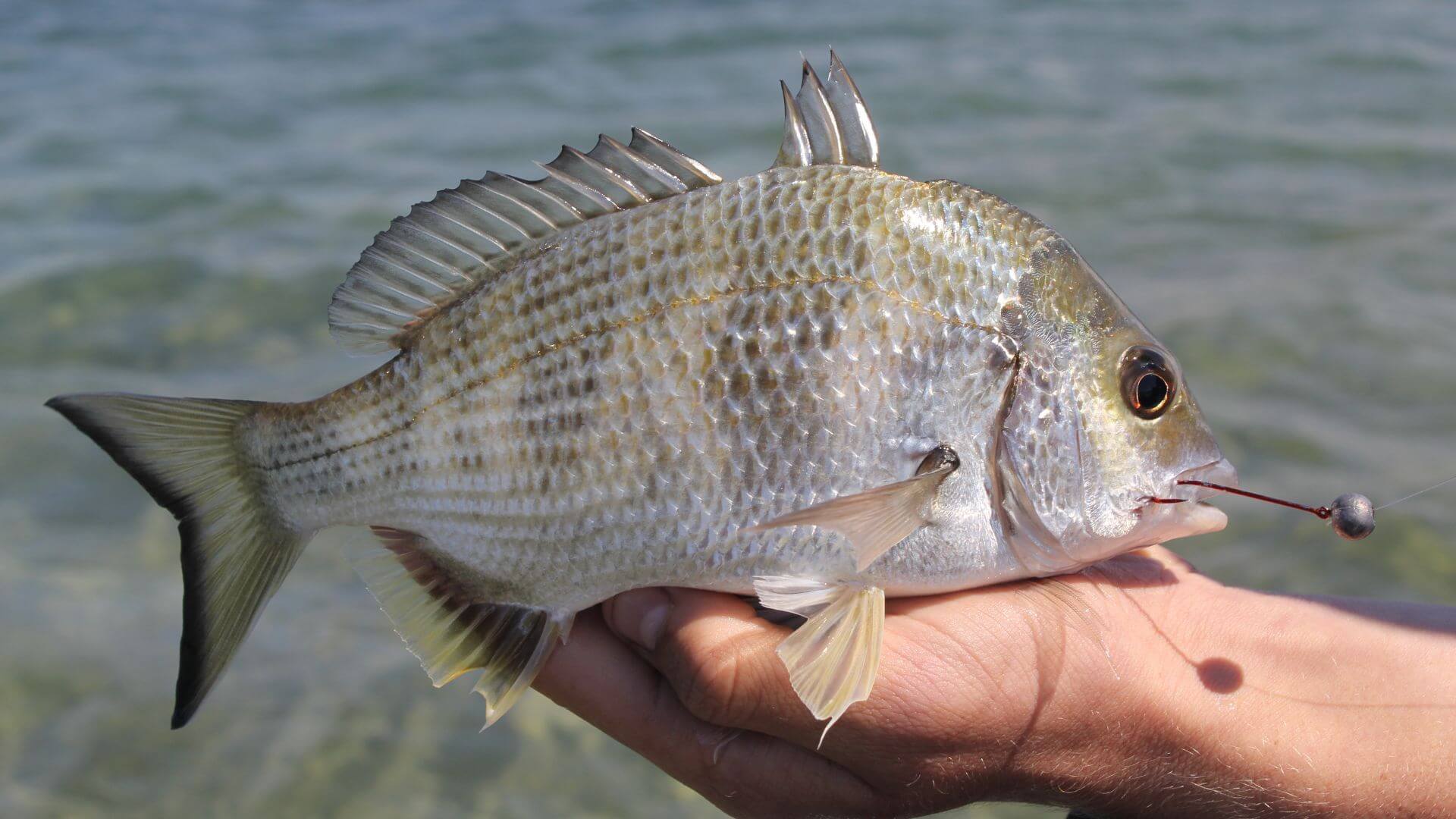
A fishing hook is a device that is designed to impale or "hook" a fish in the mouth or jaw. They are made out of a variety of hard thin metals that are shaped into the hook. Hooks have an attached point which is a closed circle where the line is attached (tied on), a gap or curve at the bottom, a barb which assisting in keeping the fish on the hook when they bite, and a point which is the sharp end of the hook. They are used to secure all forms of bait before the angler casts their line out. Hooks come in all shapes, sizes, designs, and styles. There are general purpose hooks, bait keeper hooks, circle, and long shank hooks.
Treble Hooks
Treble hooks are manufactured by welding three single hooks together at the shank of the hook. They are predominately used on lures and ensure a strong, secured hook up rate when a fish bites your lure.
Main line
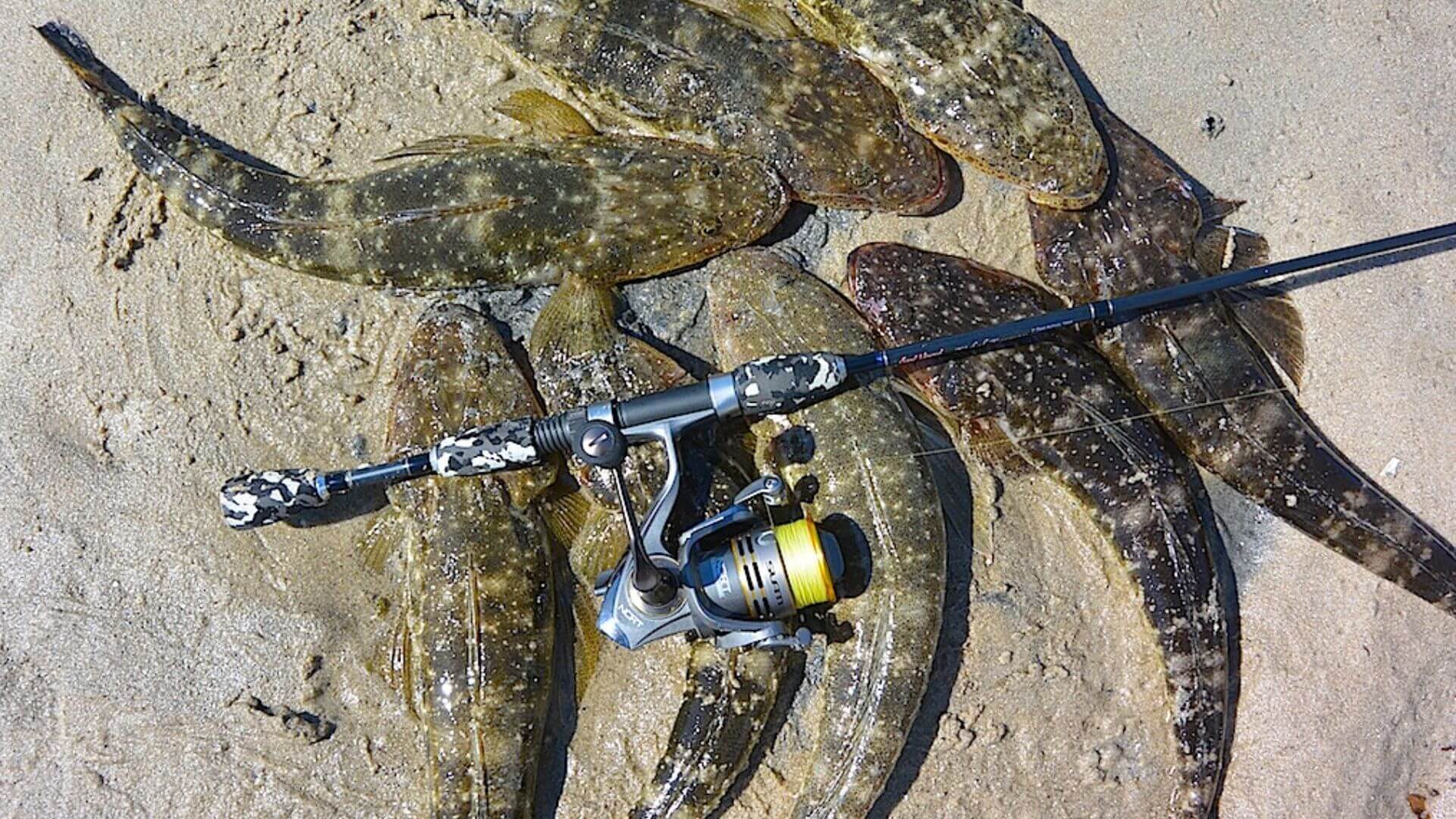
The main line of a fishing set up is the physical connection between the angler's reel and the hook or lure. It is available in length spools of a specific breaking strain which is measured in either kilograms or pounds. The breaking strain is how much pressure can be exerted through the line via tension at both ends, before it breaks). It is available in a variety of types with monofilament and braided line being the most common. Braided lines are extremely popular as they have an ultra-thin diameter compared to their breaking strain, are strong, and facilitate long, effortless casts. Braided lines are made by weaving multiple strands of synthetic materials together to create a single, thin length of line. Monofilament lines are generally thicker but are much easier to tie knots in than braided lines.
Leader (line)
A leader is a short length of line attached to your main line via a connective knot. The leader line is normally a heavier breaking strain and generally thicker in diameter than the main line. The purpose of the leader is that it provides additional protection from sharp obstacles such as rocks, oysters, and logs than the main line. Leaders also provide additional abrasion resistance in the small section of line directly above where the hook or lure is tied on. Many fish have sharp teeth, mouths, and spikes that will slice through or partial cut into the line. A leader line adds additional assurance against any of the sharp parts of a fish's anatomy connecting the line.
Wire trace
A wire trace is a thin, flexible short length of specifically designed wire that is attached to your main line. At the other end you can either attach a hook for bait fishing or a lure. Wire traces are important to use when targeting species with razor sharp teeth such as mackerel, tailor, or sharks.
Lure
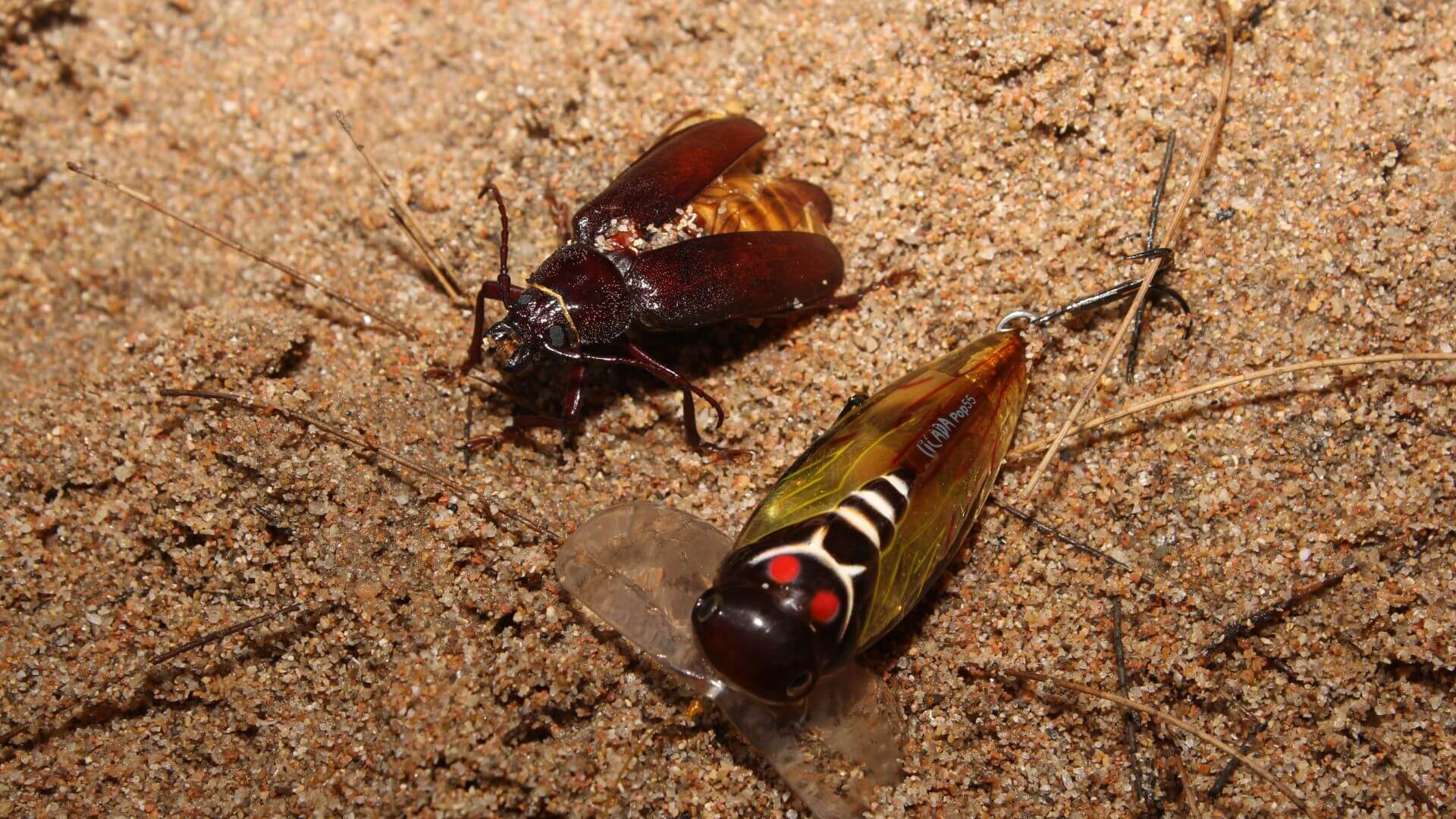
Broadly a fishing lure is an artificial bait that is designed to look like something a fish would eat. They can replicate a small fish, crustacean, worm, moth, minnow, frog, lizard, insect, mouse, or even a small bird. Lures can be made from hard plastic, wood, soft plastics, or metal and have can have one or multiple hooks attached. They are tied to the end of the line, thrown or cast out, and then pulled back in (known as "retrieving" the lure) by the angler. When retrieved through the water the momentum of the lure moving forward will make it swim, glide, or wobble like a real creature that the fish will eat.
Terminal tackle
Terminal tackle is the collective term for hooks, sinkers, floats, pre-made rigs, and swivels. As these items are often lost, damaged, or are affected by "wear and tear" during a fishing trip they are referred to as terminal tackle. These can be purchased in pre-made, specifically designed tackle boxes which are both convenient for storage, use on the water, and transport to and from fishing locations.
Cast Out
Casting or to cast out is when an angler uses their rod, reel, and line to throw out a bait or a lure.
Retrieve
A retrieve, or retrieving, is when the angler pulls their bait or lure through the water back towards them by winding the reel.
Rod Bell
A device attached to the end of the rod which is used as a bite indicator when bait fishing.
Rod Holder
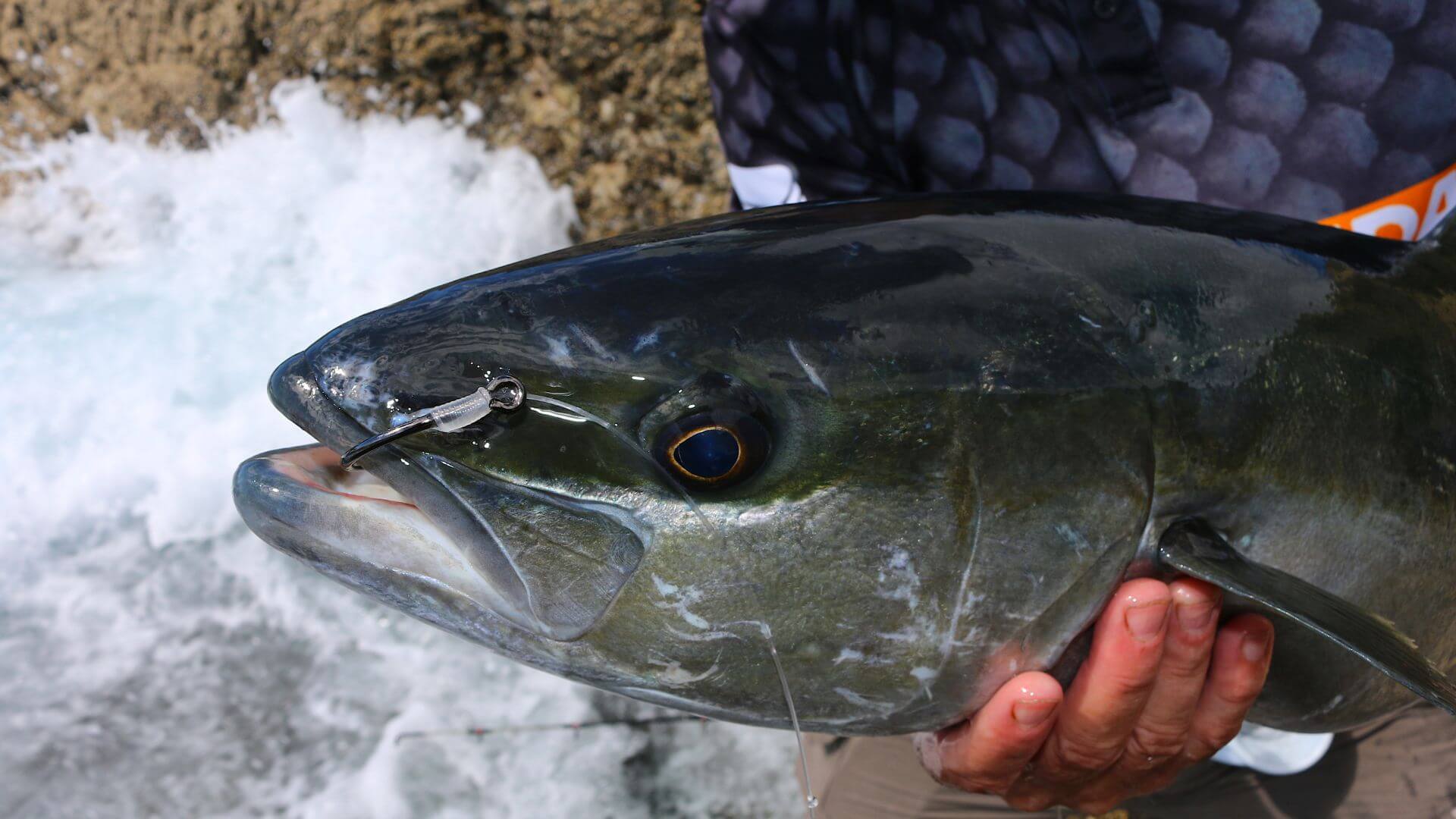
A device that is used to store or place a rod in when fishing or in transit. They are secured to a fix location such as boat gunnel or into the ground when you are shore-based fishing. Rod holders are a useful, convenient piece of fishing equipment which saves the angler holding the rod in their hand and freeing them to undertake other activity while still have a line out in the water.
Float
A float is a buoyant specialised fishing item used to suspend a bait or lure off the bottom. Floats come in a variety of shapes and sizes often with a thin whole through the middle. They can be attached to the main line by either threading the line through the middle of the float or via a purpose designed clip. They are useful in suspending a bait at a specific depth in the water column and can assist the angler to reduce tackle loss when the bait, sinker, or hook gets stuck on the bottom.
Tackle Box
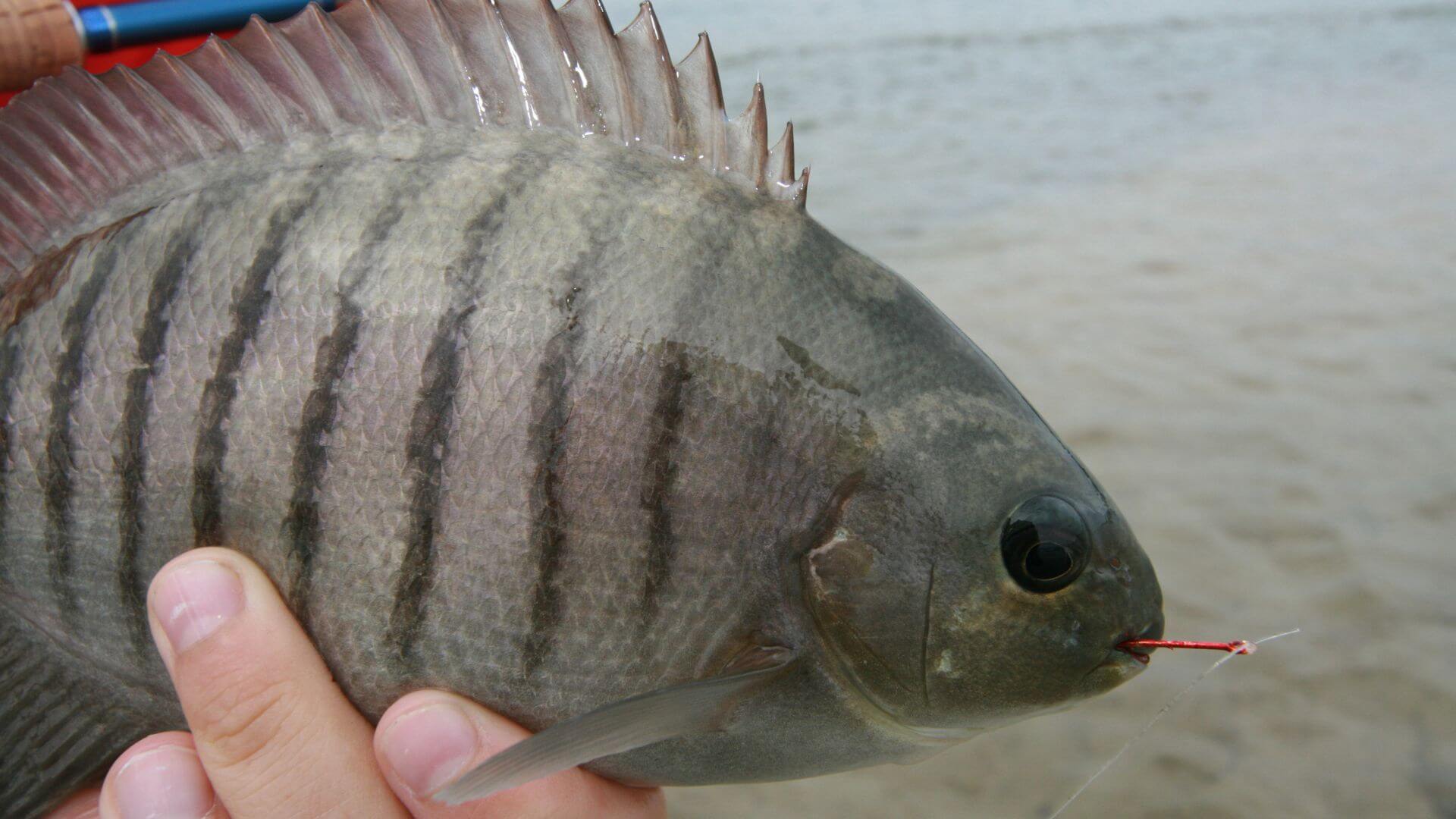
A tackle box is a secure, single storage device that often has multiple compartments to separate fishing tackle. They are a convenient item that allows anglers to have all their gear in one location as well as ensuring small terminal items such as hooks, sinkers, swivels, and lures do not get mixed up and tangled. They can be easily transported to fishing location either in a backpack, in the boat, or carried by hand. They also allow fishing tackle to be stored safely and securely in one neat container.
There you have a very basic snap shot of the key terms and fishing lingo to help kick start your fishing adventures. Keep an eye out in the Adventure Centre for future articles that will delve further into the language of "fishing", that will no doubt assist you, not only to understand the theory behind the techniques, tackle, and equipment, but also what is required to catch fish.